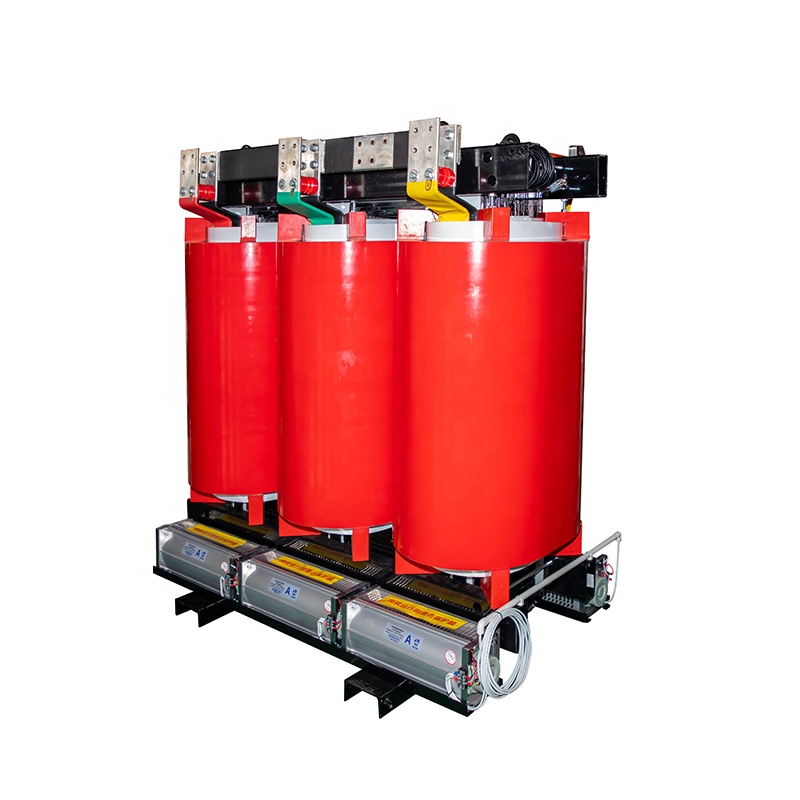The company has strong technical strength, has more than 50 professional and technical personnel, and has formed a technical team with technicians, engineers, and chief engineers responsible for each level.
Dry Type Transformer
What is a dry type transformer
1、how many types of transformers are there?
There are two main types of dry-type transformers: cast resin dry-type transformers (CRT) and vacuum pressure impregnated transformers (VPI).
Cast Resin Dry Type Transformer (CRT)
A cast resin dry-type transformer (CRT) is a transformer that uses epoxy resin to encapsulate its primary and secondary windings. This protects the windings from moisture, dust, corrosion and other environmental factors that may affect their insulation and performance.
CRT is non-hygroscopic, non-flammable and maintenance-free, making it suitable for use in areas with high humidity, indoor installations and fire hazard areas. It can also withstand overload, partial discharge and low losses, resulting in high efficiency and long service life.
CRTs are rated from 25 kVA to 12,500 kVA with insulation class F (90°C temperature rise).
Vacuum Pressure Impregnated Transformer (VPI)
Vacuum pressure impregnated transformer (VPI) is a transformer in which the windings are impregnated with H-class polyester resin under vacuum and pressure. This eliminates any air gaps or voids in the insulator, thereby enhancing its mechanical strength, dielectric strength and thermal stability.
VPI’s rugged construction, moisture-proof enclosure and low thermal expansion coefficient make it suitable for outdoor installations, seismic events and temperature fluctuations. It also has the advantages of easy maintenance, low fire risk, and strong resistance to short-circuit current.
VPIs are available with power ratings from 5 kVA to 30 MVA, insulation classes F (155°C) or H (180°C), and protection classes up to IP56.
2、Advantages of dry-type transformer
- 1. Low loss, good power saving effect, bringing economic benefits in operation.
2. Flame retardant, explosion-proof, pollution-free, maintenance-free, can be dispersed in the load center, reduce the investment cost, save costs.
3. The local discharge power is less than 10PC, the coil does not absorb moisture, does not vacuum, high mechanical strength, good reliability.
4. Short circuit resistance, good lightning impact resistance.
5. The shell is made of three kinds of materials: stainless steel, cold plate and aluminum alloy. The type is divided into draft type and heat dissipation type. The inlet and outlet line can be upper and lower, upper and lower.
6. The transformer can be equipped with temperature control and temperature display system according to the user’s needs, and can be used with the temperature control system.
3、Disadvantages of dry-type transformers
- 1.For the same power rating and voltage rating, they are more expensive than oil-filled transformers because they require more materials and labor to manufacture.
2.For the same power rating and voltage rating, they are larger and heavier than oil-immersed transformers because they have more air gaps and insulation thickness.
3.They are more susceptible to dust, dirt, and pests because they have open ventilation that may allow foreign matter to enter, damaging the windings or causing short circuits.
4.They are noisier than oil-filled transformers because they have higher magnetostriction and vibrations that produce audible sound.


